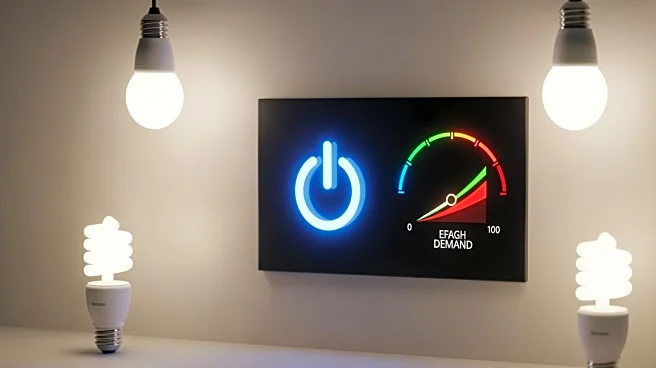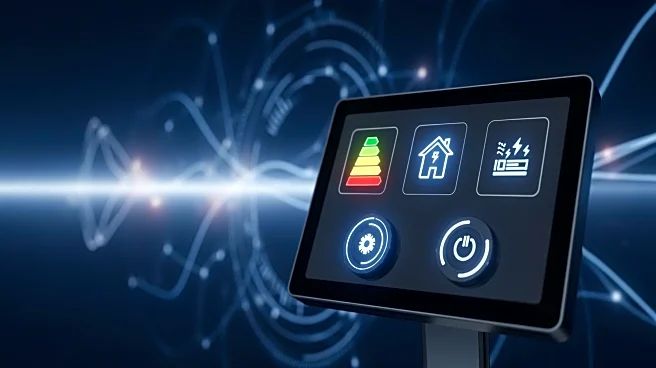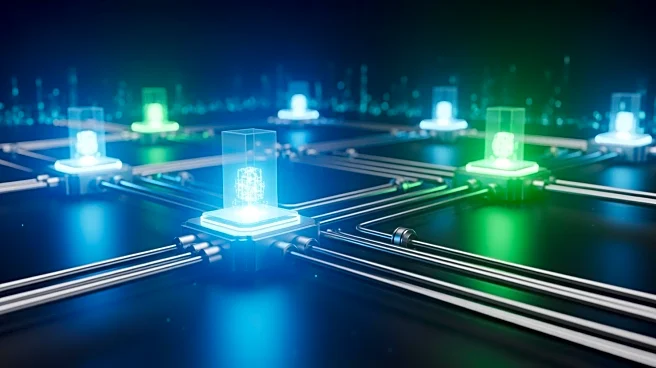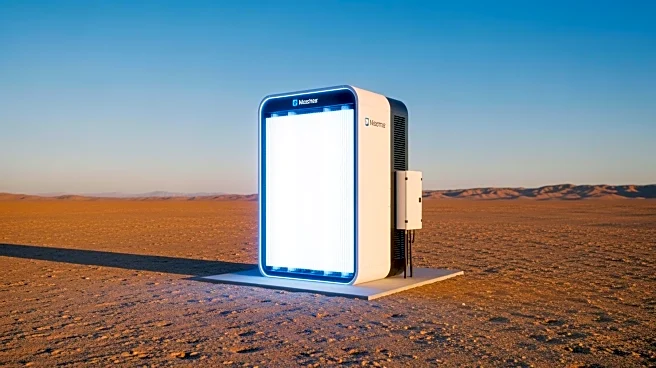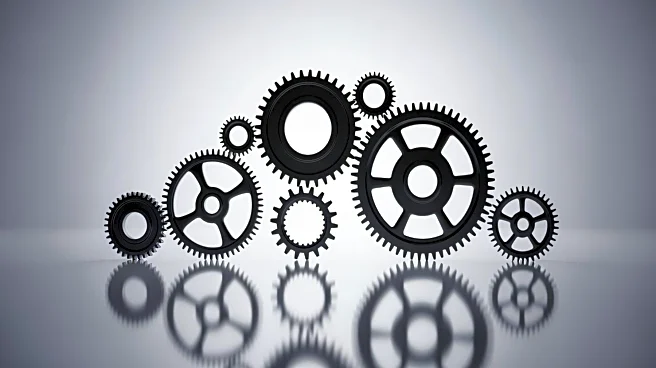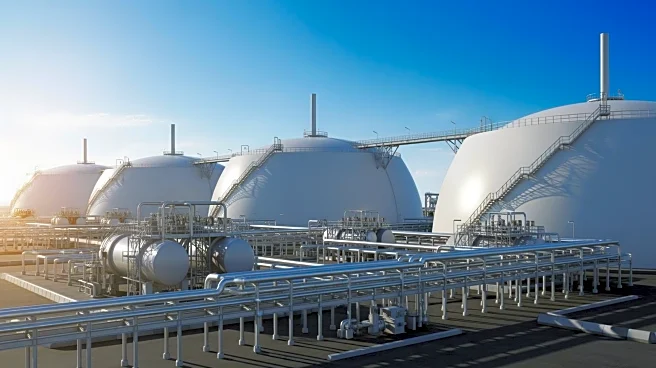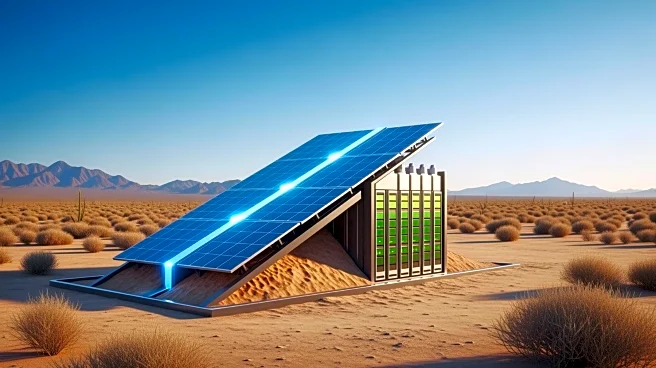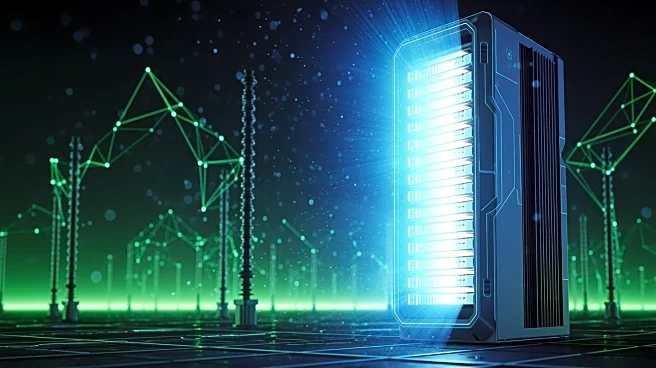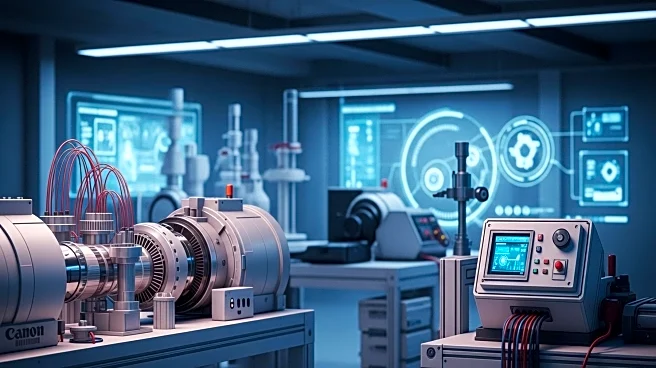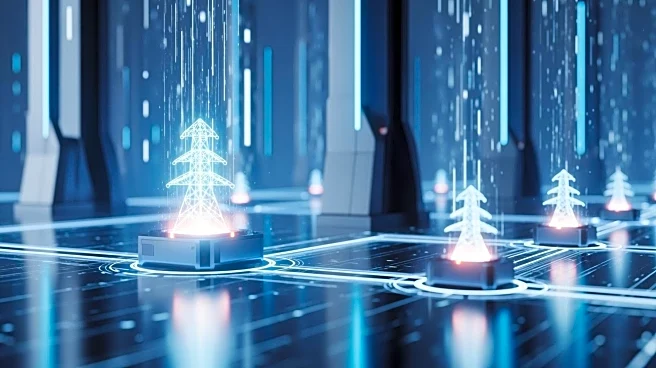What's Happening?
Electric utilities in the U.S. are increasingly adopting customer-centric strategies to address the rising demand for electricity, driven by the growth of artificial intelligence data centers and electric transportation.
According to a report by ICF, electricity demand is projected to grow significantly, with a potential increase of 25% by 2030 and 78% by 2050. Utilities are focusing on distributed energy resources (DERs) like batteries and rooftop solar to enhance grid stability and resource adequacy. These strategies are supported by consumer insights showing a strong interest in solar-plus-storage programs and demand response initiatives.
Why It's Important?
The shift towards customer-centric strategies in the energy sector is crucial for meeting the increasing electricity demand while maintaining grid reliability and affordability. By leveraging DERs and engaging consumers, utilities can enhance their operational efficiency and customer satisfaction. This approach not only supports the transition to a cleaner energy future but also empowers consumers to actively participate in energy management. The integration of advanced technologies like AI and machine learning further aids in optimizing grid operations and improving customer experiences, positioning utilities to effectively navigate the energy transition.
What's Next?
As utilities continue to implement customer-centric strategies, the focus will likely be on expanding DER programs and enhancing consumer engagement. The development of technology platforms to integrate new rate plans and clean energy innovations will be pivotal. Utilities may also explore partnerships with technology providers to further modernize grid operations and improve service delivery. The ongoing collaboration between utilities and consumers is expected to play a key role in achieving a sustainable and resilient energy future.
